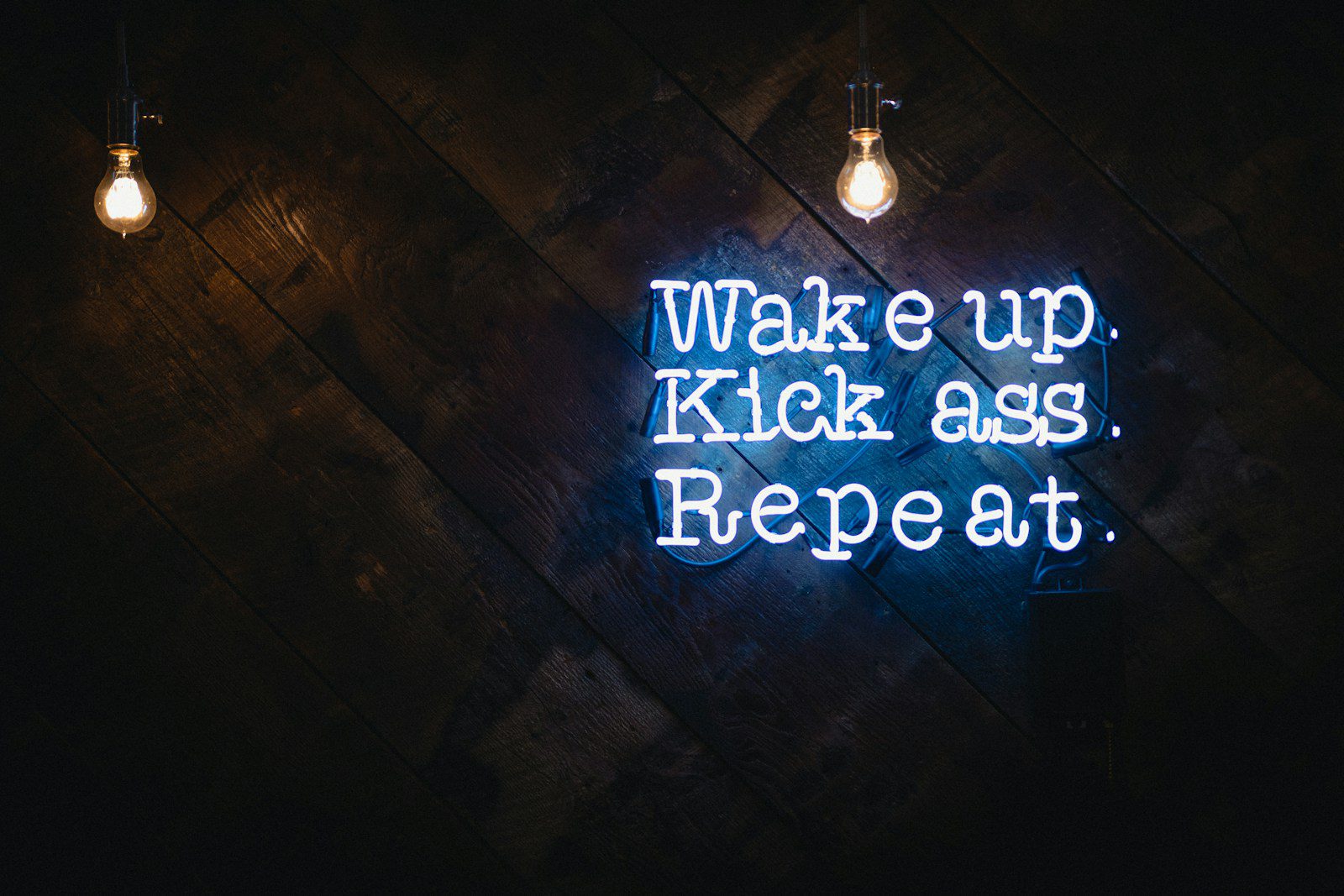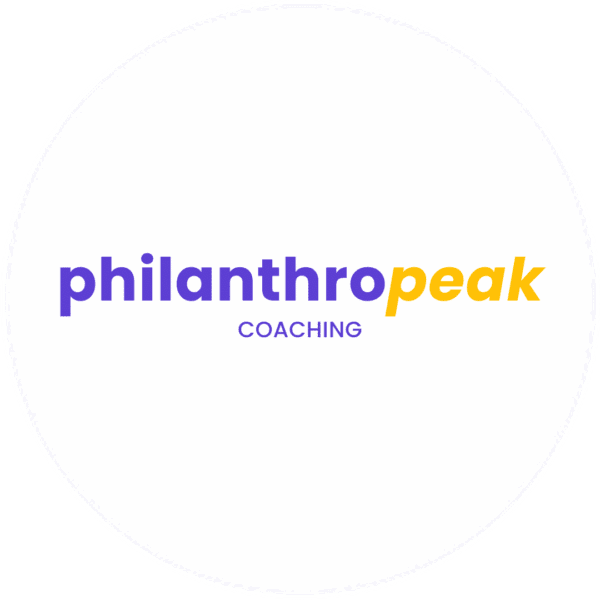
ADHD Meltdown: What It Is, Why It Happens, and How to Stop It
You ever feel like your brain is on fire, everything’s too loud, and you’re about five seconds away from either screaming or shutting down?
That’s an ADHD meltdown.
It’s not just “getting frustrated” or “having a bad day.” It’s your brain short-circuiting because it’s completely overloaded—too much noise, too many emotions, and not enough dopamine to regulate any of it.
I get it. I’ve been there. And if you’ve got ADHD, you have too.
The question is: How do you stop it before it takes over?
ADHD Meltdown vs. Tantrum: Not Even Close
Table of Contents
ToggleA lot of people—especially the ones who don’t have ADHD—think a meltdown is just an adult temper tantrum.
Not even close.
A tantrum is about control. Someone throws a fit to get what they want.
An ADHD meltdown? That’s about losing control. Your nervous system freaks out because it’s overstimulated, exhausted, or completely overwhelmed. And you can’t just “snap out of it”—your brain isn’t letting you.
Here’s how you know it’s an ADHD meltdown:
- Your emotions explode—anger, frustration, sadness, all at once.
- You can’t think clearly—your brain is fogged up, logic is gone.
- Everything is too much—sounds, lights, even your own thoughts feel unbearable.
- You might lash out or shut down—rage, crying, or just freezing up.
It’s not dramatic. It’s neurology.

What Triggers an ADHD Meltdown?
Most people don’t wake up thinking, “Today, I’m going to have a total breakdown at Tesco.”
But then?
Boom. Meltdown. Out of nowhere.
Except, it’s not out of nowhere. It’s usually one of these five triggers:
1. Sensory Overload
Too much noise, light, movement, or chaos. ADHD brains already struggle to filter distractions. If you’re in a crowded café, a shopping centre, or even a loud office, your brain gets overwhelmed fast.
2. Emotional Dysregulation
You feel things 10x stronger than other people. Stress, anger, frustration—it builds up. If you don’t have time to process it, boom—meltdown.
3. Rejection Sensitive Dysphoria (RSD)
Someone criticises you. Or worse, ignores you. And suddenly? It feels like your entire world is falling apart. RSD makes even minor rejection feel unbearable.
4. Task Paralysis & Executive Dysfunction
Deadlines. Paperwork. Emails. Bills. Your brain knows what to do, but it won’t let you do it. And after hours (or days) of feeling stuck? Meltdown.
5. Change in Routine
You planned your whole day around one thing. Then, last-minute? Everything changes. ADHD brains hate unpredictability. If you’re already stressed, that one change? Enough to send you over the edge.
What an ADHD Meltdown Looks Like
Everyone’s meltdowns look different, but here’s the usual pattern:
- The Pressure Builds – You’re frustrated, overwhelmed, but trying to push through.
- You Hit the Breaking Point – One small thing tips you over the edge. A loud noise. A rude comment. A change in plans.
- Meltdown Mode – Yelling, crying, shutting down, escaping. Your brain completely disconnects from logic.
- Aftermath & Exhaustion – You feel drained. Maybe embarrassed. Maybe guilty. But mostly? Wiped out.
Sound familiar?
It’s not just “overreacting.” It’s your brain trying to protect you from overload.

How to Stop an ADHD Meltdown Before It Starts
You don’t have to let meltdowns control your life. There’s a way to manage them before they take over.
Here’s what works:
1. Learn Your Early Warning Signs
ADHD meltdowns don’t just happen—they build up. The trick? Catch them early.
Ask yourself:
- Am I clenching my jaw?
- Is my heart racing?
- Am I snapping at people for no reason?
- Does everything feel “too much” right now?
If yes, you’re on the edge of a meltdown. Time to hit reset.
2. Get Out of Overwhelming Situations
Meltdowns thrive on chaos and overstimulation. Escape before it gets worse.
- Leave the room.
- Put in noise-cancelling headphones.
- Go outside.
If you can’t leave? Close your eyes. Breathe. Lower the volume of the world.
3. Use a Sensory Reset
Your nervous system is overloaded. Give it something calming.
- Cold water – Splash it on your face, wrists, or drink it.
- Weighted blanket – Feels like a hug, calms your nervous system.
- Chewing gum – Gives your brain a rhythmic focus.
- Squeeze something – A stress ball, your hands, anything.
4. Slow Down Your Breathing
Your brain thinks it’s in danger mode. Breathing tells it otherwise.
Try this:
- Breathe in for 4 seconds.
- Hold for 4 seconds.
- Exhale for 6 seconds.
- Repeat until your heart rate slows down.
Sounds simple, but it works every time.
ADHD Meltdown: What It Is, Why It Happens, and How to Stop It (Part 2)
Still here? Good.
We covered what an ADHD meltdown is, what triggers it, and how to stop it before it starts.
But let’s be real. Sometimes, you don’t catch it in time.
It happens. So now, let’s talk about what to do when you’re already in a full-blown ADHD meltdown—and how to recover after.

How to Calm Down During an ADHD Meltdown
Once a meltdown starts, logic is out the window. You’re running on pure emotion.
So, forget trying to “reason” with yourself. That’s like telling a computer to run faster while it’s overheating.
The goal? Regulate your nervous system. Fast.
Here’s how:
1. Remove Yourself from the Chaos
Your environment is making it worse.
- Too much noise? Go somewhere quiet.
- Too many people? Find a place alone.
- Too many demands? Shut it all out.
If you can’t leave, at least block out the sensory overload:
- Close your eyes
- Put on noise-canceling headphones
- Turn off screens
2. Go All-In on a Sensory Reset
Your body is stuck in fight-or-flight mode. You need a physical reset.
Try these:
- Cold therapy – Splash cold water on your face, hold an ice cube, step outside.
- Deep pressure – Weighted blanket, tight hug, or press your hands together hard.
- Chew something strong – Mint gum, ice, or something crunchy.
- Move your body – Shake out your hands, tense and release your muscles.
3. Shift Focus from Emotion to Action
Your brain is stuck in an emotional loop. Break it.
- Count something – The number of objects in a room, steps you take, anything.
- Do a quick task – Fold laundry, wash your hands, organize your desk.
- Write it out – Dump your thoughts onto paper, no filter.
The key? Interrupt the meltdown cycle.
How to Recover After an ADHD Meltdown
A meltdown leaves you feeling drained, guilty, and mentally wiped out.
Recovery is just as important as prevention. Here’s how to bounce back without self-blame.
1. Don’t Beat Yourself Up
ADHD isn’t a choice. Emotional dysregulation isn’t a “bad attitude.” Your brain just short-circuited.
Instead of saying:
❌ “Why am I like this?”
❌ “I need to stop being so emotional.”
❌ “I ruined everything.”
Try this:
✅ “That was tough, but I got through it.”
✅ “Next time, I’ll catch it earlier.”
✅ “I’m allowed to have hard moments.”
Self-compassion helps you recover faster.
2. Replenish Your Energy
Meltdowns take a huge toll on your brain and body. You need to recharge.
- Eat something nourishing – Protein + healthy fats = brain fuel.
- Drink water – Dehydration makes ADHD 10x worse.
- Take a break – Nap, watch something light, listen to calming music.
- Move your body – Go for a slow walk. No pressure, just movement.
3. Identify What Went Wrong
Every meltdown teaches you something.
Ask yourself:
- What was my trigger? (Sensory overload? Stress? Emotional buildup?)
- Did I ignore early warning signs?
- What helped me calm down?
The more you learn from meltdowns, the better you’ll prevent them next time.
How to Stop ADHD Meltdowns Long-Term
Prevention is everything. You want fewer meltdowns? Set yourself up for success.
1. Regulate Your Nervous System Daily
A dysregulated nervous system = constant overwhelm.
Keep it balanced with:
- Consistent sleep – ADHD brains crash harder without rest.
- Daily movement – Walk, stretch, do something physical.
- Mindfulness & breathing – Even 60 seconds of deep breathing helps.
2. Reduce Decision Fatigue
Too many decisions = brain overload.
Simplify life:
- Wear the same types of clothes daily
- Pre-plan meals
- Use a calendar for EVERYTHING
- Have go-to scripts for stressful situations

3. Build an ADHD-Friendly Routine
Traditional productivity methods? Forget ‘em. ADHD needs flexible structure.
- Time blocking – Assign time for focus + breaks.
- Body doubling – Work with someone to stay on track.
- Set reminders for everything – Even “drink water” needs a reminder.
4. Get ADHD-Specific Support
You don’t have to figure this out alone.
- ADHD coaching – Learn personalized strategies built for your brain.
- Support groups – ADHD Foundation, ADDitude forums, ADHD UK.
- Therapy – CBT helps with emotional regulation.
The right strategies can turn ADHD meltdowns from life-ruining to manageable.
You can’t just “willpower” your way out of an ADHD meltdown. But with the right tools and habits, you can stop them from running your life.
Keep learning. Keep adjusting. And most importantly? Be kind to yourself.





